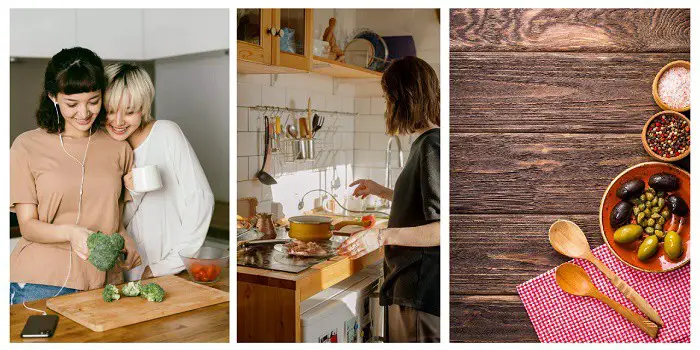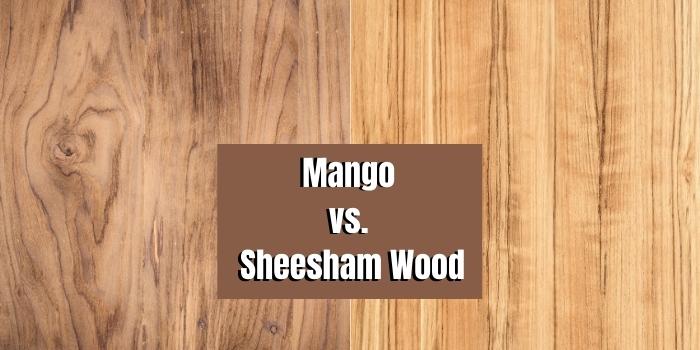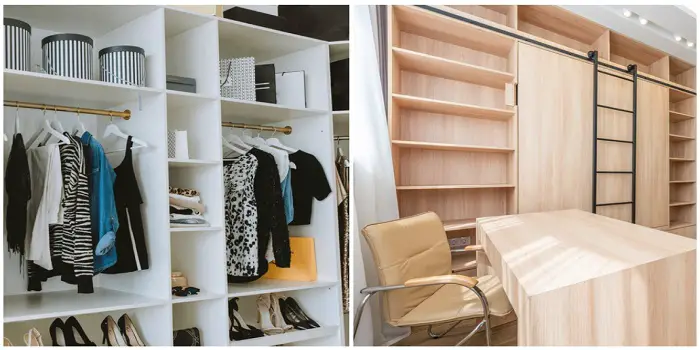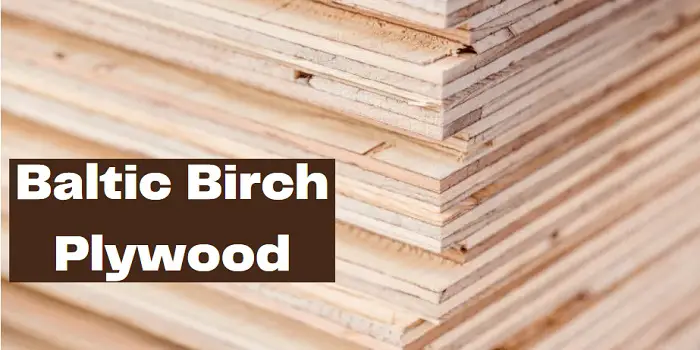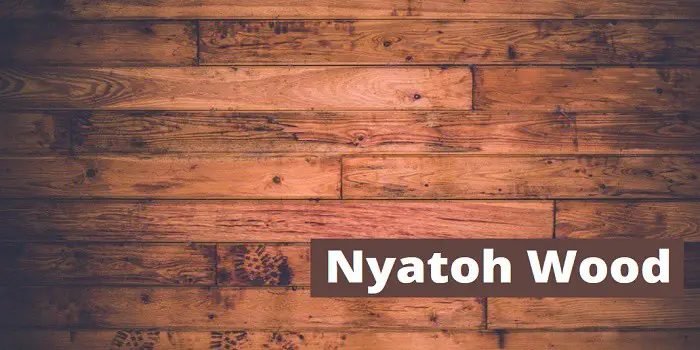
Nyatoh wood is tropical lumber that comes from a number of species in the Sapotaceae family (primarily the members of Palaquium and Payena genuses).
Lighter wood from the family is usually referred to and sold as “Nyatoh” while the heavier ones as “bitis.”
Species that are marketed as Nyatoh produces sapwood that is often light yellow to straw-colored.
The color of the heartwood can range from pale pink and purple to reddish-brown, but it’s often hard to differentiate from the sapwood.
Nyatoh can also have straight interlocked grains with texture.
The unique property of Nyatoh that can help it differentiate from others is its slightly sour odor that usually emits from freshly cut lumber.
Nyatoh Wood
| Source: | Rainforest environments in Southeast Asia |
| Scientific Name: | Palaquium spp., Payena spp. |
| Color: | Dark brown to reddish |
| Tree Size: | 100-130 ft with 2-3 ft trunk diameter |
| Janka Hardness: | 1070 lbf (4760 N) |
| Type: | Hardwood |
| Smell & Toxicity: | It can cause irritation to mucous membranes due to a sour smell when cutting |
Uses of Nyatoh Wood
Nyatoh lumber isn’t very attractive or durable. But it glues well and can be peeled well into different sizes of veneers and plywood.
It is therefore considered to be a workable and cost-effective wood material for parquet and strip flooring in places such as the Philippines, Indonesia, and India.
Nyatoh wood is also one of the most popular choices for cabinetry, indoor/outdoor furniture, boats, dowels, ornamental surfaces, concealed parts and pieces for construction, etc.
Not very common, but due to its low cost, Nyatoh wood is also increasingly getting popular in North America for outdoor furniture and flooring.
Being inexpensive, Nyatoh wood is sometimes also used for making many inexpensive guitars, particularly the ‘body wings.’
Considerations and risks
Many environmental groups listed Nyatoh as a vulnerable species that is very close to being endangered.
Harvesting, logging, and buying Nyatoh wood are restricted in many places to avoid the complete extinction of the species from the forests.
Not only buying and selling such furniture is restricted, but the logging of trees is also made illegal in many such forested regions for making low-grade garden furniture.
It’s, for this reason you will rarely find wood as a raw material.
Nyatoh wood is usually exported to North America and other regions in the form of plywood or pre-fabricated furniture.
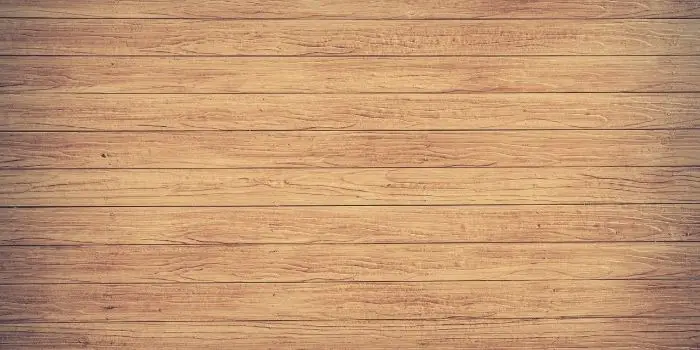
Working Characteristics & Durability
Nyatoh wood, depending on the species, may rank anywhere from around 1200 to 3000 on the Janka hardness scale.
It’s majorly grouped as a softwood because it’s softer when compared to most exotic hardwood species such as oak and maple.
However, due to the high silica content that is mostly seen in Nyatoh, it’s harder on cutting saws and shaping blades.
Plyboards made of Nyatoh also contain natural gum. Upon cutting, these get collected on the blade.
Furthermore, there is a sour odor that emits when cutting, shaping, or sanding Nyatoh wood. These can make working with Nyatoh wood harder.
Tips for Caring Nyatoh Wood Furniture
Unlike teak, which can last long, you cannot leave the Nyatoh wood outdoors without a finishing coat.
Although the wood is fairly hard, for nyatoh furniture, you will need to protect the wood by applying a semi-transparent stain and penetrating oil finish – only then can you expect the wood to last for a long.
Finishing the wood for outside applications is also important to keep it from fading, which is most of the time exposed to harsh sunlight, UV rays, and moisture.
Remember, the end grains of the nyatoh timber are especially susceptible to moisture, rot, and insect damage.
You should therefore consider refreshing the home decor and furniture items made of Nyatoh wood more often to prevent damage.

Hi, I am Mark Garner a professional carpenter, woodworker, and DIY painter. I live in the small city of Peoria, Arizona as a semi-retired woodworker. I have started this blog with a simple motive to help you with my wood experience in this sector. If you like to know more about what I love doing and how it all got started, you can check more about me here.

